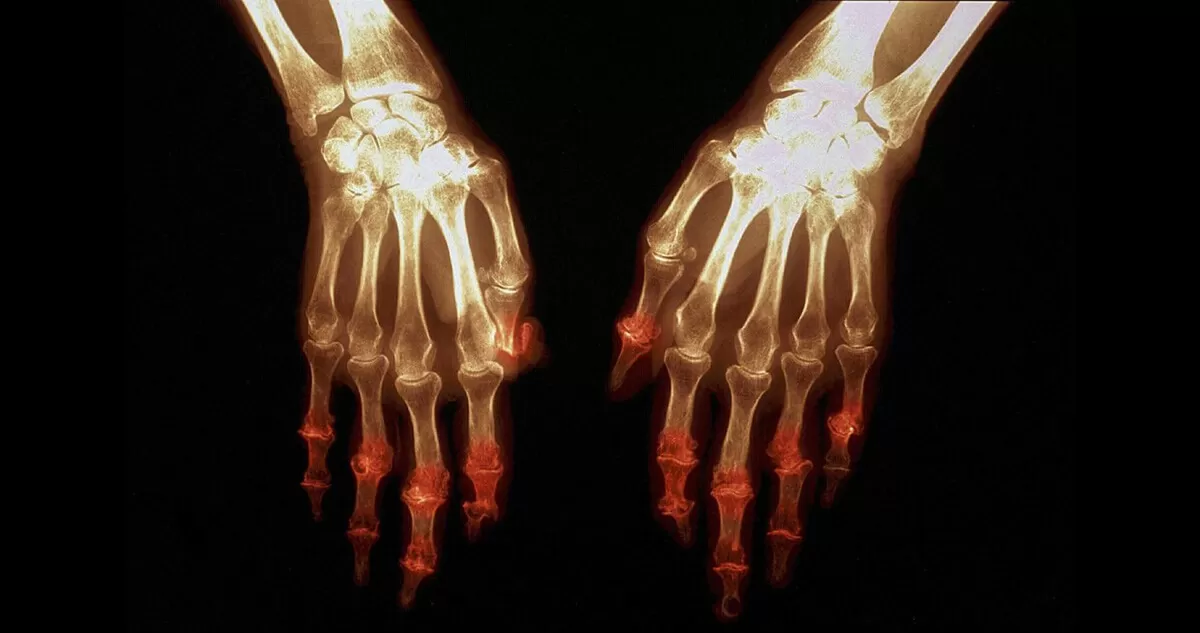Immunity’s Double-Edged Sword

Human’s complex immune system is the vanquisher of pathogens, but it can also turn on itself.
In a stroke of “evolutionary brilliance,” according to Pfizer immunologist Aaron Winkler, humans and other higher organisms developed specialized immune systems that protect us from the vast diversity of pathogens found in nature, from flu viruses to pinworms. Through random genetic variation, our bodies constantly generate millions of new white blood cells, the foot soldiers of the immune system, each outfitted with a unique code that helps it identify specific foreign invaders.
The sheer diversity of these unique codes allows the immune system to recognize invaders they’ve never encountered before. When that unique code is activated by an infection for the first time, the result is an attack on the invader and memory of the event. This is the principle of vaccination. “By being able to respond to so much foreignness, the immune system has the power to protect us from any molecule or organism out there, even ones that don’t exist yet,” says Winkler, who is based at Pfizer's Kendall Square site in Cambridge.
Immune System Gone Rogue
Such a savvy defense system can be its own worst enemy when it goes rogue, though. One by-product of all this immune variation is that some of these white blood cells can be coded to recognize and destroy our own cells and tissue. In most healthy people, the immune system knows to hold back and not attack itself. This is known as immune tolerance. “An equally important part of the immune system to clearing normal infections by foreign invaders is this active process of deleting and inactivating white blood cells that are responding to self,” says Winkler.
For people with autoimmune diseases, the body’s immune tolerance process is not working properly, allowing its white blood cells to attack healthy cells and tissues. There are some 80 different types of autoimmune diseases, ranging from multiple sclerosis to rheumatoid arthritis to lupus to type 1 diabetes.
Turning Off the Immune System—In Part
Current treatments for autoimmune disorders rely mainly on immunosuppressive drugs, a class of therapies that turns down the whole immune system, leaving patients vulnerable to other infections and cancer.
For the next generation of treatments, Winkler and colleagues are studying potential therapies that can selectively disable the part of the immune system that is attacking the body. “We’re trying to re-establish the mechanisms of tolerance, to re-educate the immune system to the fact that this thing you’re reacting to is ‘self,’ while leaving the parts of the immune system that were created by vaccinations and previous infections intact,” says Winkler.
One such treatment is adapted from an anti-cancer therapy known as chimeric antigen receptor therapy, or CART. It works like this: “good” immune cells are drawn from the body and genetically engineered to target the rogue immune cells. “It’s an attempt to recalibrate the scales in the immune responses to self that causes autoimmune disease,” says Winkler.





